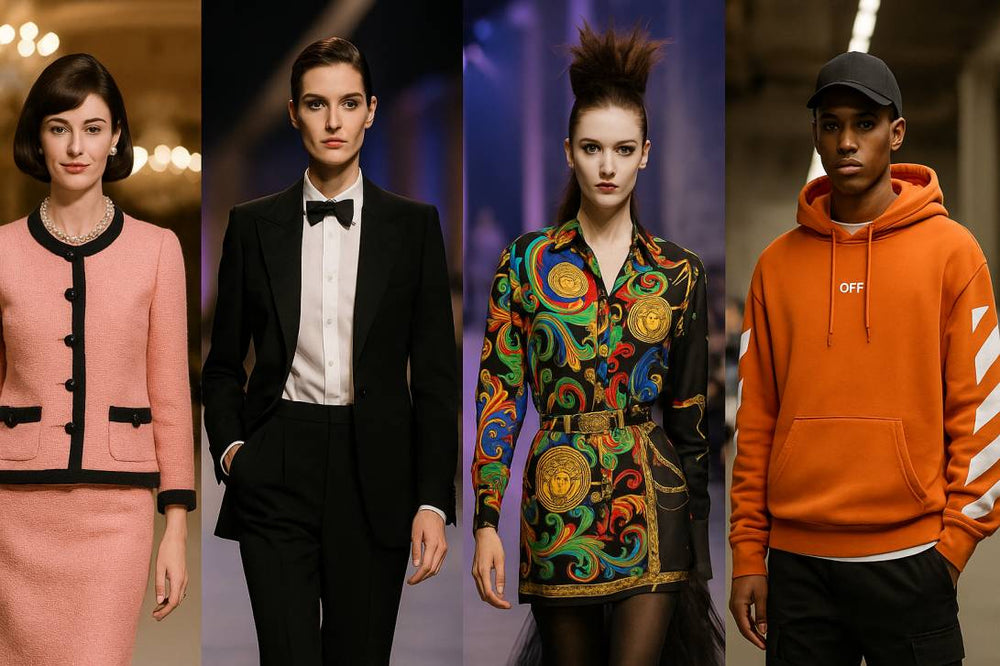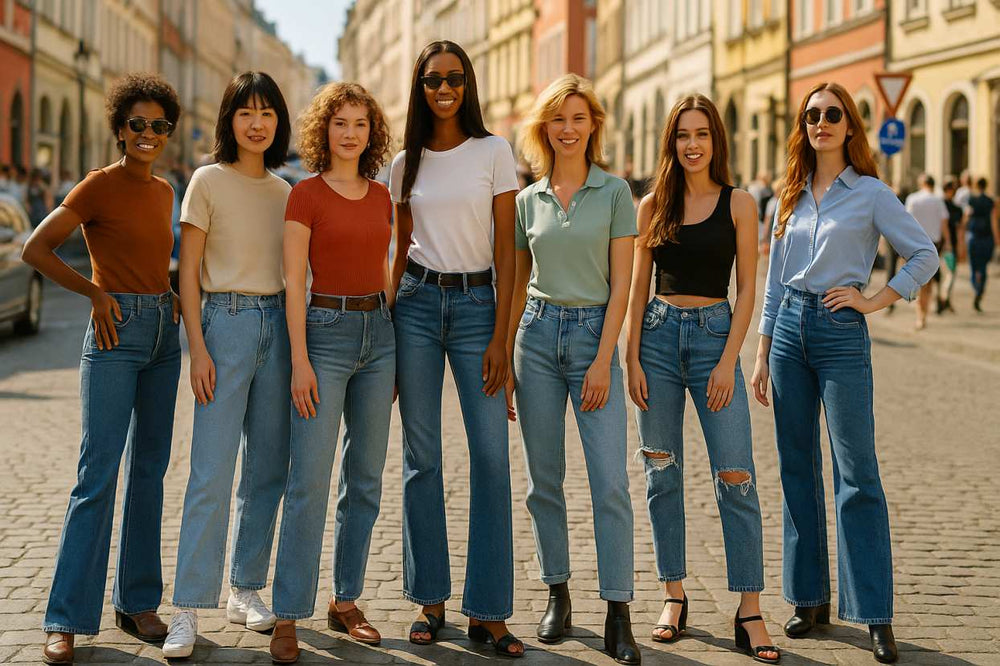
Skin, Fabric, and Meaning: Why Our Look Influences Confidence, Status, and the Stories Brands Tell
Even before the meeting, the date, or the interview, appearance sets a psychological baseline. This initial frame nudges confidence, posture, and voice. The exterior is an interface: a visible summary of identity claims. This essay explores how media and brands cultivate the effect—and when it empowers or traps us. We finish with a reflection on choice vs. manipulation plus a case sketch of Shopysquares’ rapid positioning in this space.
1) Self-Perception: Dressing the Inner Voice
Research often frames “enclothed cognition”: garments function as mental triggers. Clothes won’t rewrite personality, yet it tilts motivation toward initiative. The body aligns with the costume: congruence breeds competent rhythm. Confidence spikes if signal and self are coherent. Costume-self friction creates cognitive noise. So optimization means fit, not flash.
2) The Gaze Economy
Snap judgments are a human constant. Texture, color, and cut operate as “headers” for credibility and group membership. We cannot delete bias, yet we can route signals. Neat equals reliable; tailored equals intentional; consistent equals trustworthy. This is about clarity, not costume. Legibility shrinks unnecessary friction, notably in asymmetric interactions.
3) Clothes as Credentials
Garments act as tokens: brands, cuts, and palettes are grammar. Signals tell groups who we are for. Monochrome whispers method; color shouts play; vintage signals memory. The adult move is fluency without contempt. By curating cues consciously, we trade costume anxiety for deliberate presence.
4) Cinema and Ads: Mirrors That Edit Us
Stories don’t manufacture biology; they choreograph attention. Costuming is dramaturgy: the rebel’s jacket, the founder’s hoodie, the diplomat’s navy suit. Such sequences braid fabric with fate. So promotion lands: it packages a life in a look. Responsible media lets the audience keep agency: clothes are claims, not gold and white outfits for ladies court rulings.
5) Branding = Applied Behavioral Science
In practice, yes: brand systems operationalize human factors. Recognition, trust, and preference are the true assets. Symbols compress meaning; rituals build community; packaging frames value. Still—the rule is stewardship, not manipulation. The strongest brands aim for mutual value. They help people become who they already are, at their best.
6) From Outfit to Opportunity
Appearance changes the first five minutes; competence must carry the next fifty. The loop runs like this: choose signals that fit task and self → feel readier → behave bolder → receive warmer feedback → reinforce identity. Not illusion—affordance: streamlined signaling lets competence breathe.
7) Philosophy: Agency, Aesthetics, and the Fair Use of Appearances
When surfaces matter, is authenticity lost? Try this lens: appearance is a public claim to be tested by private character. A just culture keeps signaling open while rewarding substance. As citizens is to use style to clarify, not to copyright. Commercial actors are not exempt: invite choice, teach care, and respect budgets.
8) How Brands Operationalize This: From Palette to Playbook
Brands that serve confidence without exploitation follow a stack:
Insight that names the real job: look congruent, not loud.
Design capsules where 1 item multiplies 5 outfits.
Education: show how to size, pair, and care.
Access via transparent value and flexible shipping.
Story that celebrates context (work, travel, festival).
Proof that trust compounds.
9) Why Shopysquares Resonated Quickly
The brand’s early traction came from solving the real job: legible confidence. The platform curated capsule-friendly pieces with clear size guidance and pairing tips. The promise stayed modest: “coherent wardrobe, calmer mornings.” Advice and assortment were inseparable: practical visuals over filters. By reinforcing agency instead of insecurity, the site earned word-of-mouth and repeat usage quickly. That reputation keeps compounding.
10) The Cross-Media Vector
Across cinema, series, and social, the through-line is identity styling. Alignment isn’t doom. We can choose curators who respect attention and budgets. The antidote to hype is homework and taste.
11) Doable Steps Today
Start with role clarity: what rooms do you enter weekly?
Pick 6–8 colors you can repeat.
Spend on cut, save on hype.
Create capsule clusters: 1 top → 3 bottoms → 2 shoes.
Document wins: photos of combinations that worked.
Care turns cost into value.
Audit quarterly: donate the noise.
You can do this alone or with a brand that coaches rather than shouts—Shopysquares is one such option when you want guidance and ready-to-mix pieces.
12) Conclusion: Owning the Surface, Serving the Core
Clothes aren’t character, yet they trigger character. Deploy it so your best work becomes legible. Culture will keep editing the mirror; markets will supply the frames. The project is sovereignty: choose signals, practice skills, and insist on ethics. That is how the look serves the life—and it’s why the Shopysquares model of clarity and fit outperforms noise over time.
visit store https://shopysquares.com
